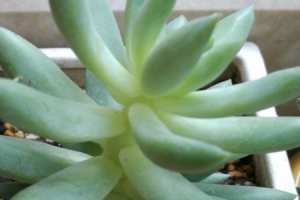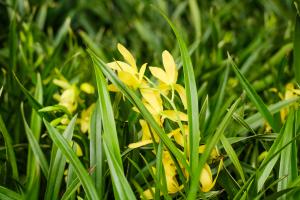Introduction
Planting shrubs in hot weather can be challenging because they require more water than usual to establish a healthy root system. The key to successful shrub planting in hot weather is to water them frequently but not excessively. In this article, we will explore the best watering practices for newly planted shrubs in hot weather.
Factors to Consider When Watering Newly Planted Shrubs
Several factors must be considered when watering newly planted shrubs in hot weather. These factors include the species of shrub, soil type, size of the planting hole, and temperature. It is also essential to consider the weather forecast and adjust the watering schedule accordingly.
How Often to Water Newly Planted Shrubs in Hot Weather
When it comes to watering newly planted shrubs in hot weather, the key is to water them frequently but not excessively. As a general rule of thumb, newly planted shrubs should be watered every day for the first two weeks after planting. During this period, it is crucial to ensure that the soil remains moist but not waterlogged. After the first two weeks, the shrubs should be watered once or twice a week, depending on the temperature and soil moisture levels.
How Much Water to Use
The amount of water required for newly planted shrubs in hot weather depends on several factors, including the species of shrub, soil type, and size of the planting hole. As a general rule of thumb, shrubs should receive at least one inch of water per week during the growing season. However, newly planted shrubs require more water during the establishment phase. It is essential to water the shrubs deeply to encourage the roots to grow deeper into the soil.
How to Water Newly Planted Shrubs
Proper watering techniques are critical when it comes to newly planted shrubs in hot weather. Rather than using a sprinkler, it is best to water the shrubs at the base of the plant using a soaker hose or drip irrigation system. This method ensures that the water reaches the roots directly. It is also important to water the shrubs early in the morning or late in the evening to minimize evaporation.
Signs of Overwatering and Underwatering
Overwatering and underwatering are common problems for newly planted shrubs in hot weather. Overwatering can lead to root rot, while underwatering can cause the plant to wither and die. Signs of overwatering include yellowing leaves and a foul odor coming from the soil, while signs of underwatering include wilting leaves and dry soil. It is essential to monitor the soil moisture levels and adjust the watering schedule accordingly.
Conclusion
Watering newly planted shrubs in hot weather can be challenging, but with proper watering techniques, it is possible to ensure their long-term survival. By watering the shrubs frequently but not excessively, providing deep watering, and using proper watering techniques, you can establish healthy shrubs that thrive in hot weather conditions.

 how many times do yo...
how many times do yo... how many planted tre...
how many planted tre... how many pine trees ...
how many pine trees ... how many pecan trees...
how many pecan trees... how many plants comp...
how many plants comp... how many plants can ...
how many plants can ... how many plants and ...
how many plants and ... how many pepper plan...
how many pepper plan...































